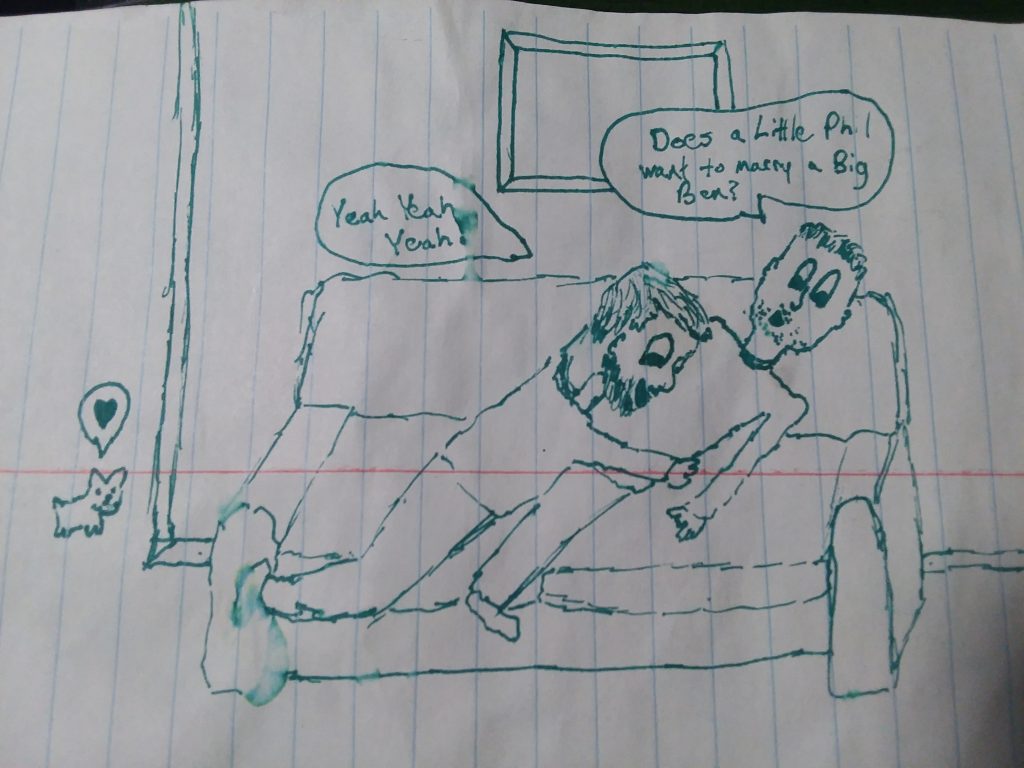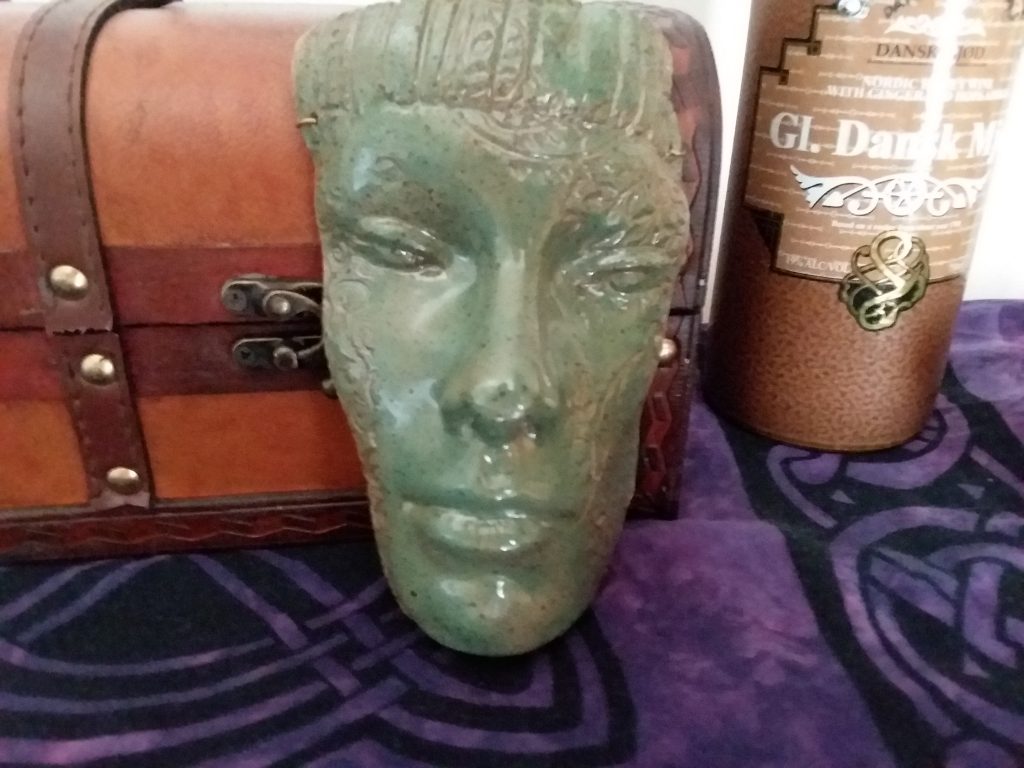ATA4
After taking a Type of Love questionnaire and considering a relationship we have been in, we were tasked with comparing our results to that of our gender. I answered the questions while considering my relationship with my husband. We have been together for 8 years now!
The results were interesting. I was surprised by a few and nodded in agreement to others. The one that surprised me the most is that I scored lower on Storge love than average. My husband is (brace yourself for an overused phrase) my best friend, so I thought I would have scored high in Storge love, but, hey, each type of love is measure with only 7 questions after all. I do not think that they necessarily capture each area of love perfectly. Maybe my friendship with my husband is different.
The Types of Love are, to me, closely related to the idea of Emotional Intelligence. Emotional Intelligence is understanding one’s emotions. Without an ability to be aware of my own emotions and those of my partner, I do not think that our love would have developed in the same way. Self-awareness is necessary for personal growth. Without being able to see the emotions in our relationship and the ability to rationally work through problems, we would not have the same relationship that we have today.

This is a picture my husband drew capturing, with his great artistic skills 😊, the moment I asked him to marry me.
ATA3
After watching Michael Richards’s infamous rant from 2006, we considered if we though Michael Richards is prejudiced or if we though his intentions were “simply” to cause emotional harm. To me, it is important to make the distinction between prejudice, which is negative feelings towards a group, and discrimination, the negative behavior towards a group.
While there is no confusing his tirade for anything but discrimination, it is impossible for anyone but Michael Richards to say if he has prejudiced feelings towards that group. Comics push boundaries. Sometimes too far. It is possible that Richards’s intentions were simply shock and offence; however, that does not mean his behavior was acceptable. It wasn’t.
Many times, discrimination is overt, as in Michael Richards’s tirade. These are easy to see prejudiced behavior towards [insert marginalized group here]. If anything good can be said about this sort of discriminative behavior is that it is, well, overt. It is easy to see and just as easy to publicly denounce. Microaggressions, a topic covered in another psychology course, are much more commonplace and even more insidious. They are the behaviors, words, and communications that are constant reminders that [insert marginalized group here] is viewed negatively.
It’s Black, It’s White
It’s Tough For You To Get By
It’s Black, It’s White
Black or White by Michael Jackson
I chose this visual image, or, in this case, an audial image, because it is a nice reminder that we’re all facing the same problems, there are no black problems or white problems, just people problems.
ATA2
Self-presentation is an important concept for our personal and professional lives. Our self includes many facets and, depending on the context, we may want to highlight certain facets and downplay others. We have many traits and not all of them can be seen in a single picture. Imagine how crazy the picture would be if it did!
With careful use of self-presentation, we can be perceived in the ways we want by the people we want.
This is related to many of the topics covered in the Nonverbal Communication class I took. In that class, I learned that, yes, people do make judgments about others based on appearance, clothing, facial expressions, tone of voice, etc… By controlling our image through self-presentation, we can be sure that others see us in the way we see ourselves. In this sense, it is not about deceit but rather it is about making sure the message received in the ways we desire.
Applying this to my own life, I do not want to engage in self-presentation in such a way that I am pretending to be someone I am not. Rather, I want to use self-presentation to make sure that others see me as I see myself—in a way appropriate to the context, of course. I want people to see an honest me.

I choose to take an unflattering picture of myself (as I look typing this blog entry) to remind myself to not be so concerned with self-presentation that I am creating a fantasy of myself. For me, it is important that I use self-presentation to be honest! There’s a time for me to look professional, yes, but there’s also a time when it isn’t necessary.
ATA1
Heuristics are creative shortcuts the brain uses in decision making. Because we are flooded with information in all social interactions, and because the brain can only handle so much information at one time, we sometimes make unconscious assumptions to save on valuable brain power. These assumptions are often valid but not always, so by understanding these shortcuts we will be in a better position to see any errors in judgement.
One common shortcut is the representativeness heuristic. With this heuristic, a prototype is used to place a person in a certain group because she or he seems to fit the model for that group. While quick categorizations can be helpful, it is not difficult to imagine a situation where a person is incorrectly placed in the wrong group because someone’s brain decided to take a nap!
The representativeness heuristic is somewhat related to the actor-observer effect which demonstrates that we tend to believe that our own behavior is primarily influenced by external causes and the behavior of others is due to internal causes. When comparing someone to a prototype (representativeness heuristic) we may ignore external events that are influencing how a person is dressed when we first meet them. For example, it is possible that someone’s power went out and they had to wear an unironed shirt. By believing that they are a messy person, and thus ignoring the external elements, we may place them in the wrong category using the representativeness heuristic.
Hopefully, by being aware of some of the shortcuts my brain makes, I can consciously try not to fall victim to some of the errors involved. Of course, it would be impossible to process everything fully all the time (and people are not perfectly logical even when consciously processing information), but if I can be a little slower in placing people in categories I will consider that a step in the right direction.

I choose to take a picture of a decorative mask I have as a reminder that not everything is as it appears and that sometimes the representativeness heuristic may lead us to incorrect assumptions.